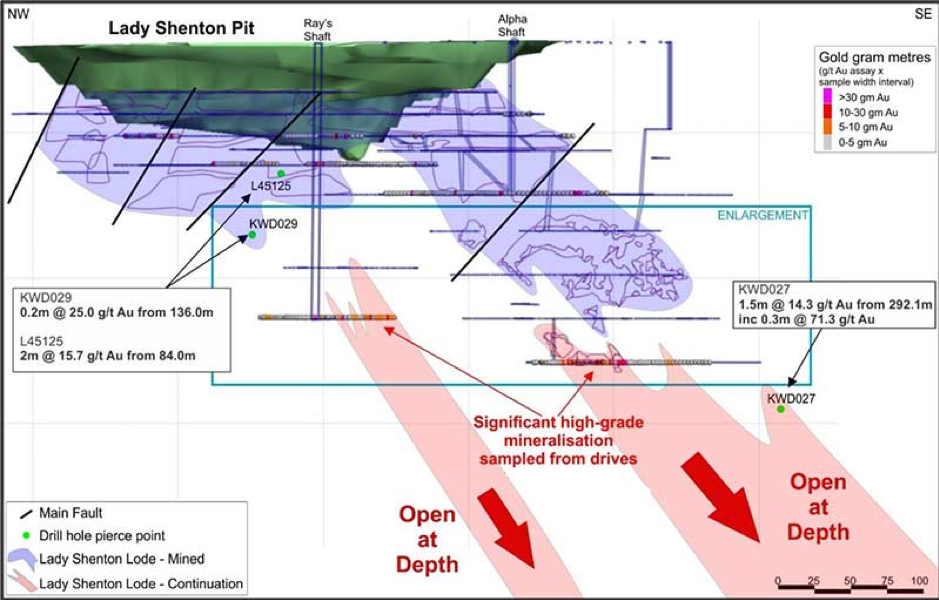Shallow gold deposits like Pericles could be a near-term money maker for Kingwest
Mining
Mining
Special Report: The ‘from surface’ 79,500oz Pericles prospect is the first of several deposits to be reviewed as a near-term development option at the Menzies gold project (MGP), Kingwest says.
It produced 800,000oz of gold at 19 grams per tonne (g/t), including 650,000oz at an outstanding 22.5g/t from underground mining before 1950 and another 150,000oz at 2.6g/t from open pits in the 90s.
As a rule of thumb, an orebody grading over 5g/t is considered high grade.
Consolidated by Kingwest Resources (ASX:KWR) in 2019, this land package covers 15km along the mineral-rich Menzies shear zone, which has seen limited exploration over the last 20 years.
And yet numerous existing open pit and underground deposits provide a wealth of ‘walk-up’ drill targets for Kingwest, making fresh gold resources a lot easier to unearth using modern exploration methods.
One of these is the shallow Pericles prospect, which has been upgraded to 1.4 million tonnes at 1.8g/t gold for 79,500oz — an 87 per cent increase over the previous resource estimate in March 2016.
Pericles, which goes from surface to 120m depth (and remains ‘open’), is just the first of numerous deposits to be reviewed as potential open pit exploitable resources, Kingwest says.
With the project ideally located near roads, power, and numerous third-party processing plants, Kingwest is already planning pit optimisation and economic studies for the first half of 2020.
Early cashflow from this shallow, easy mining stuff could help fund Kingwest’s main focus – Menzies’ high-grade underground potential.
Almost all of that +800,000oz of gold already produced from Menzies came from the top 200m from surface.
Kingwest says high-grade gold is proven to continue to +600m depth, presenting a massive opportunity for the company.
Recent announcements have highlighted the existence of high-grade gold at the lowest levels of both the Yunndaga and Lady Shenton historic underground workings.

Face samples taken along development drives and rises at Lady Shenton include 22m at 49.5g/t from 18 channel samples.
This sampling is important because it confirms that at the time mining ceased, the Lady Shenton mine was “in-ore” and this suggests that mineralisation continues at depth below the deepest workings.